Description
Material and Raw Materials Used in the Upper Radiator Hose for Peugeot 405 Classic
The upper radiator hose for the Peugeot 405 Classic is produced in two material classes: EPDM (Ethylene Propylene Diene Monomer), a high-quality material, and SBR (Styrene-Butadiene Rubber), a more common material.
The fabric used in this hose is 600-thread polyester, which plays a crucial role in preventing leaks, water loss, and also helps to impart antifreeze properties to the hose.
Lifespan of the Upper Radiator Hose for Peugeot 405 Classic
The lifespan of the upper radiator hose for the Peugeot 405 Classic varies depending on the material used.
-
If made from EPDM, the hose generally lasts about 4 years.
-
If made from SBR, the hose will typically last between 6 months to 1 year.
Signs of Damage to the Upper Radiator Hose for Peugeot 405 Classic
-
Cracking: Visible cracks on the outer surface of the hose are a clear sign of wear. The deeper and more numerous the cracks, the more brittle and degraded the hose has become. Immediate replacement is necessary in this case.
-
Swelling: Uneven swelling or bulging on the surface of the hose is another sign of damage.
-
Peeling or Layering: This condition, also referred to as two-layering, indicates that the hose is of poor quality and will wear out quickly.
Impact of a Faulty Upper Radiator Hose for Peugeot 405 Classic
-
Coolant Loss: A damaged upper radiator hose will lead to a reduction in coolant levels, which can cause excessive heating of vehicle components like wires and wiring harnesses.
-
Engine Damage: If the coolant loss becomes significant, it may cause severe damage such as burning the cylinder head due to excessive heat.
-
Spilling Hot Water: In extreme cases, if the hose is severely damaged, hot coolant from the radiator may leak onto the cabin, putting occupants at risk of burns.
How to Differentiate a Good from a Bad Upper Radiator Hose for Peugeot 405 Classic
-
Surface Quality: A high-quality hose made from EPDM will typically have a smooth and glossy surface, while an SBR-based hose will appear dull and lack the shiny finish.
-
No Pitting or Blisters: High-quality hoses made from EPDM will be free of pits or blisters. Two-layering (dupo osto) indicates poor quality and a fast degradation rate.
-
Smell Test: A quick way to check the quality of the hose is by its smell. A good-quality EPDM hose will emit a sweet, pleasant scent, while a poor-quality hose may not have this characteristic.



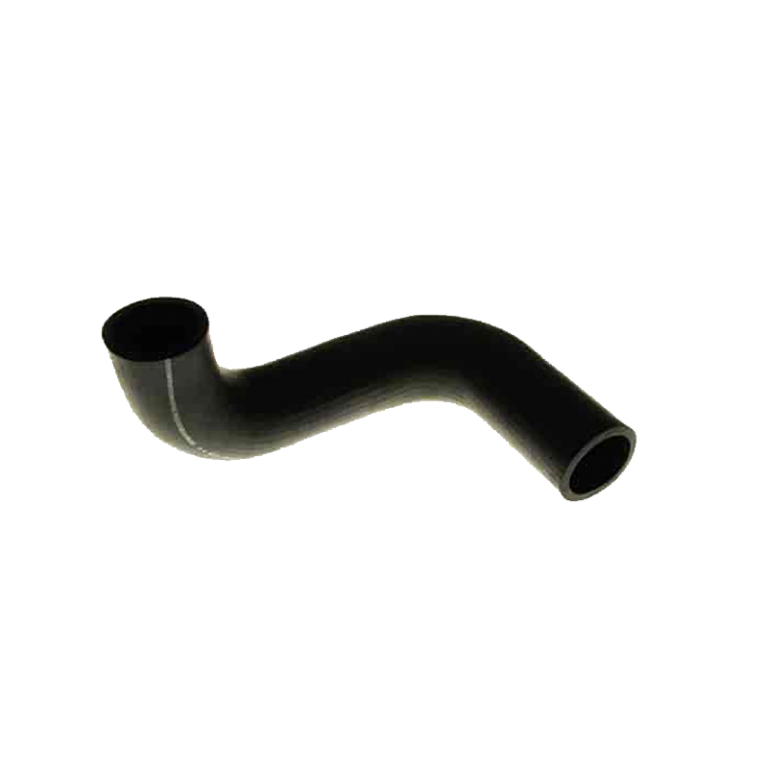
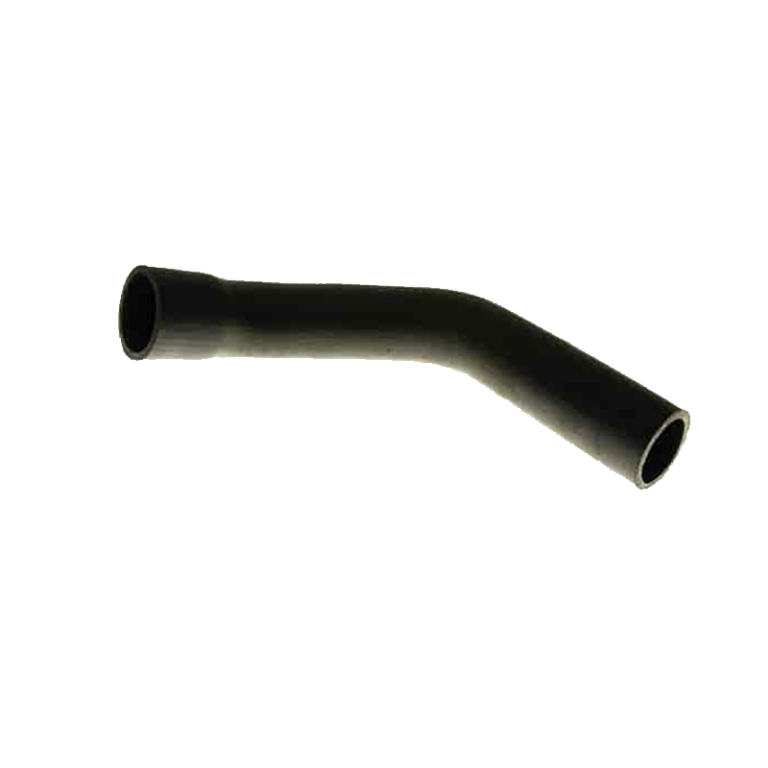
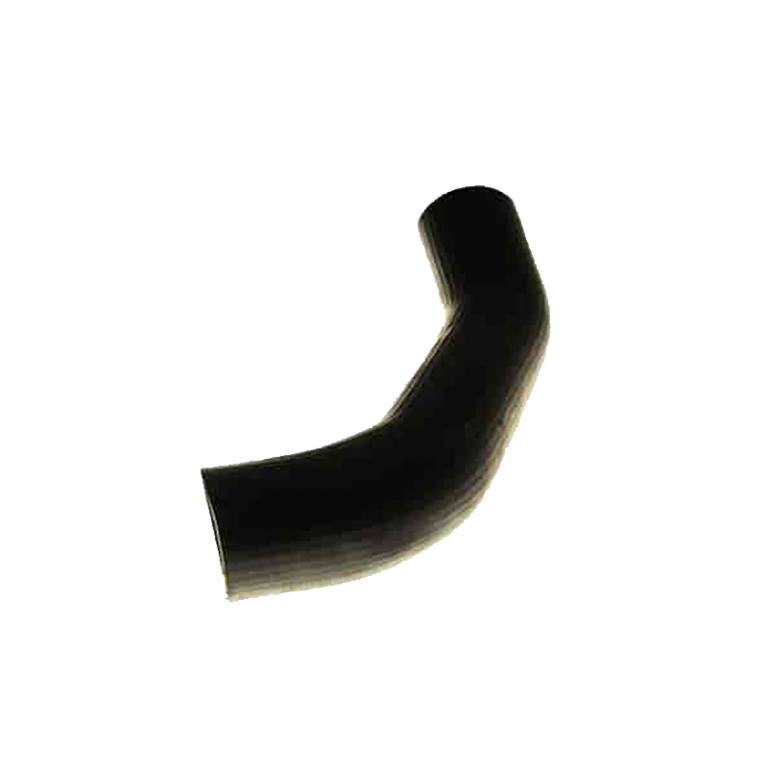
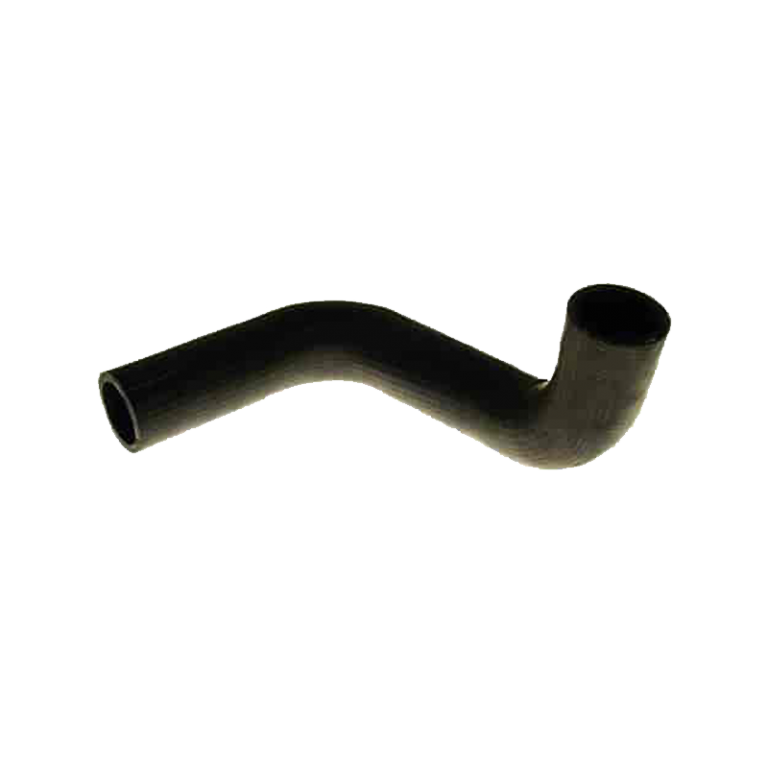
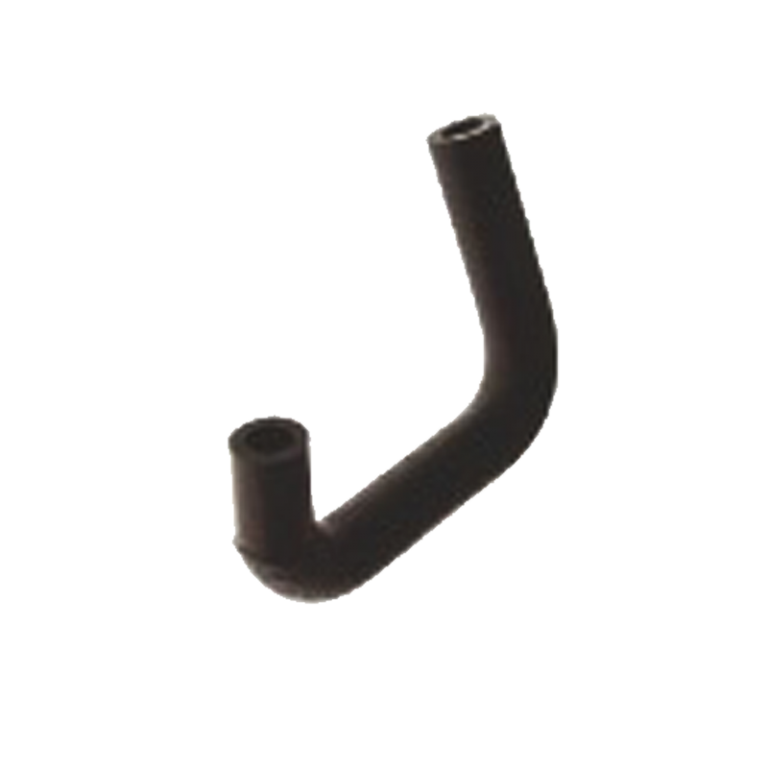
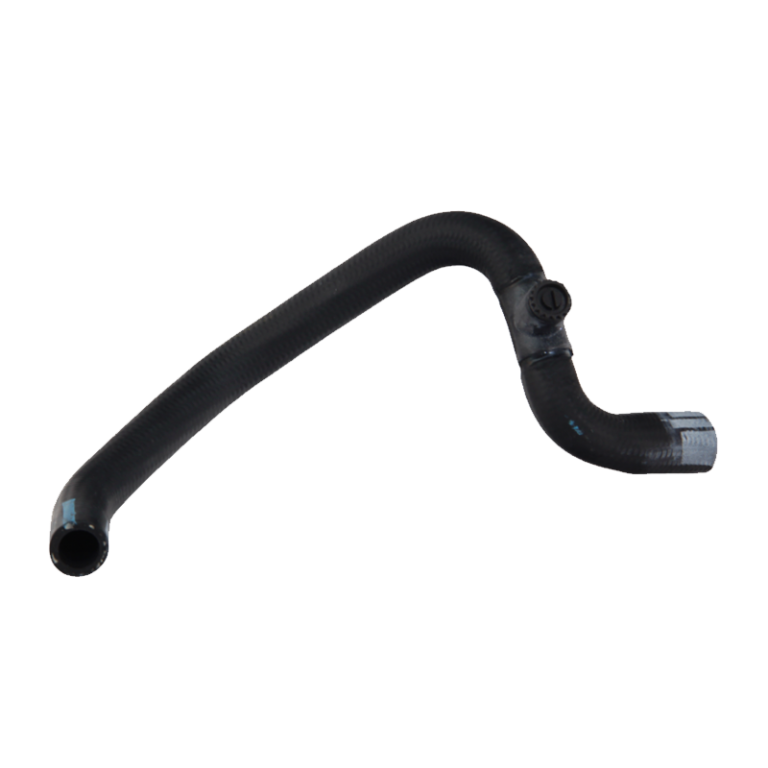










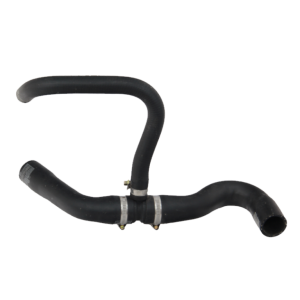
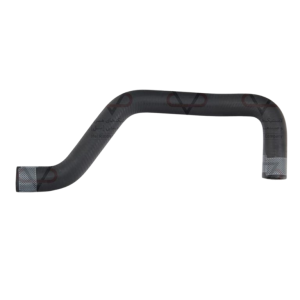
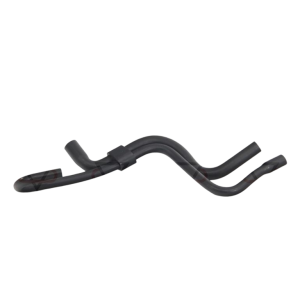

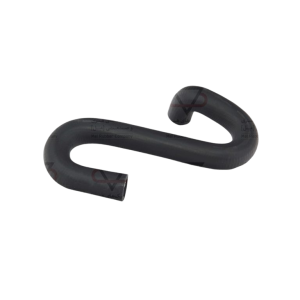

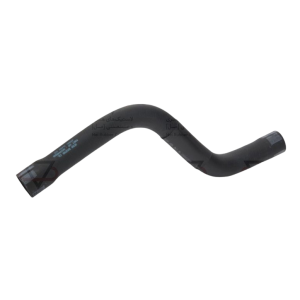
Reviews
There are no reviews yet.